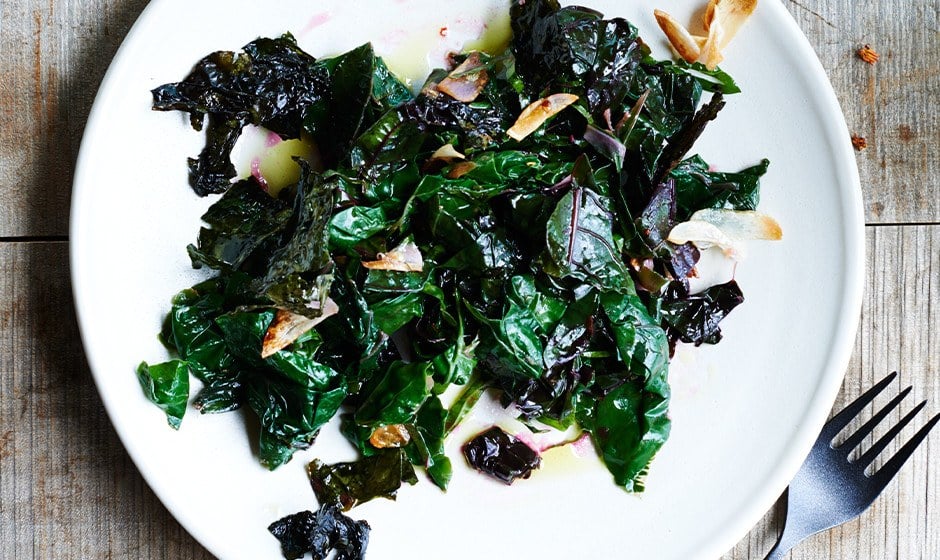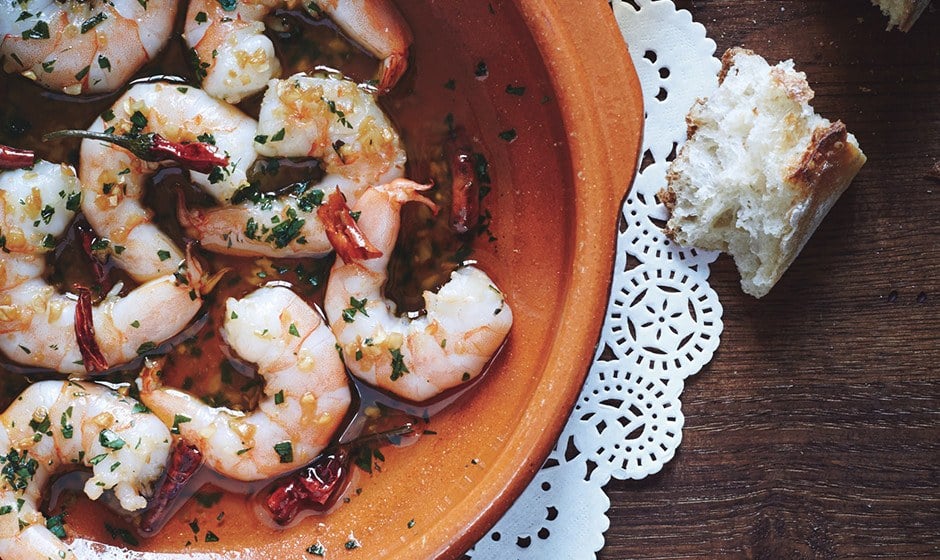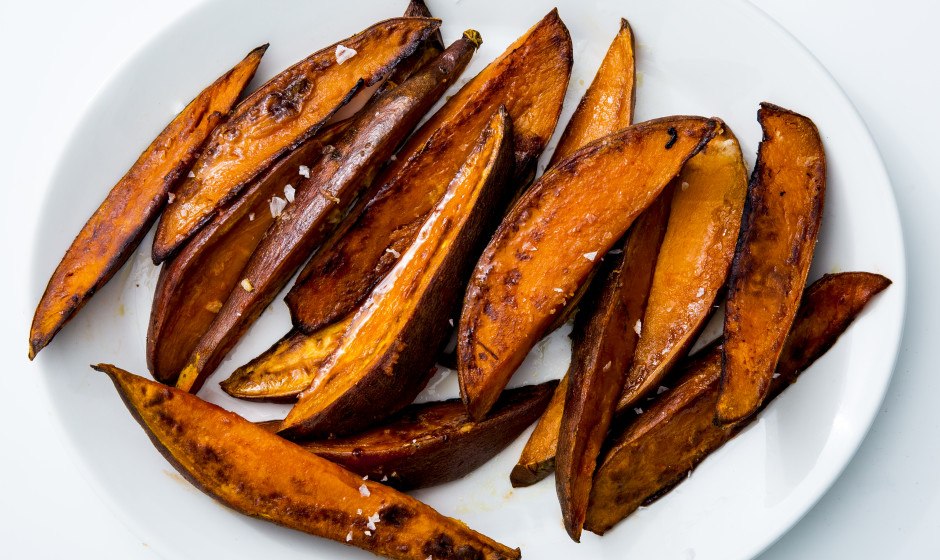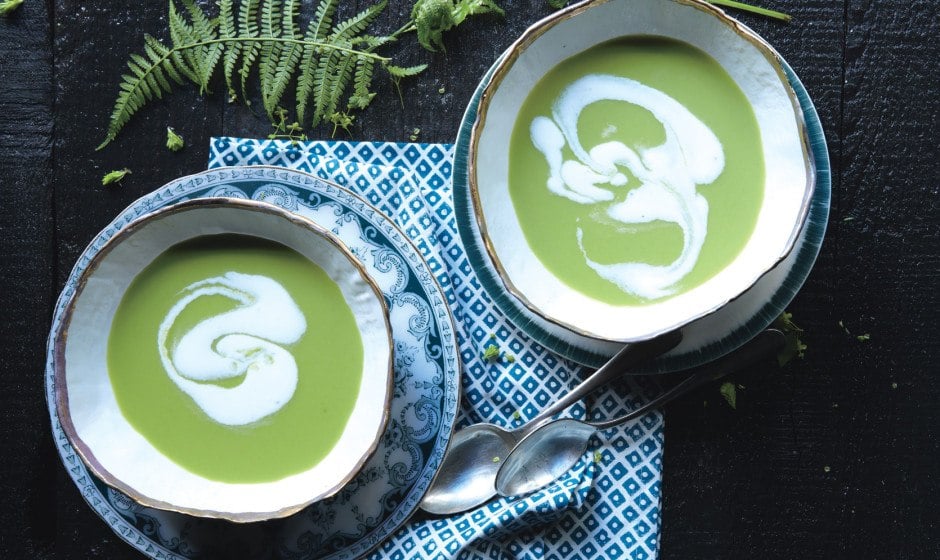Health benefits of garlic:
1. It is highly nutritious
Garlic contains nutrients such as:
Manganese: 23% of the RDA. Vitamin B6: 17% of the RDA. Vitamin C: 15% of the RDA. Selenium: 6% of the RDA. Fiber: 1 gram. Decent amounts of Calcium, Copper, Potassium, Phosphorus, Iron and Vitamin B1.
And most importantly, garlic has very low calories.
2. It can combat common cold
To include garlic, or even supplementation, can even help to prevent illnesses like flu and common cold by strengthening the immune system. If you prefer to try this, then mince a clove of garlic and added to your tea next time you get a cold. Add a few drops of honey or lemon if the garlic alone is too strong for you and take notes on how your body responds.
3. It can reduce blood pressure
Studies have proved that including a high dose of garlic, or -again- supplementation, helps improved the high blood levels (hypertension). The recommended amount would be about four cloves a day.
4. It reduces cholesterol levels and the risk of heart diseases
The supplementation seems to have a positive reaction in reducing total and LDL cholesterol. However, a valid point to include here, HDL cholesterol and triglycerides do not seem affected by garlic’s properties.
5. It helps fight Alzheimer’s and dementia…
…by protecting brain cell’s damage and aging with the antioxidants it contains.
6. It may help you live longer
Effects on longevity are basically impossible to measure in humans but if garlic helps lower blood pressure, protects the heart and brain from sickness and damage, along with strengthening the immune system and the overall body with different vitamins and minerals, it would make sense to say that it helps you live a little longer, right?
7. It improves your performance in sports
Back in Rome and Greece, garlic was given to both athletes and soldiers to enhance productivity. Egyptians would also give it to enhance productivity and performance, but to their labourers instead. Recent studies have shown this is true, but it is more noticeable in performers with heart diseases.
8. It helps detoxify the body
Sulfur compounds in high quantities of garlic have shown signs of protecting organs against heavy metal toxicity. And it even helped reduced symptoms like high blood pressure and headaches. In conclusion, garlic is one of those things most homes should have at least in small quantities, but of course not even this magical plant is perfect. It is not recommended to be eaten in very large quantities, as it can give bad breath (two words: garlic bread) and it can also affect your body odor. And please, also keep in mind some people can show signs of allergies, such as diarrhoea, rash (which can ironically be treated with garlic), fever, headaches and digestive track irritation. So the important thing here is to pay close attention to your body and act accordingly. Here are some recipes, for those interested in adding some spice to their lives at the expense of this delicious plant. Happy cooking!
Old-school garlic bread
Sautéed Swiss chard with garlic and lemon
*recipe that works well with kale and also spinach
Garlic shrimp with chiles de árbol
Roasted sweet potatoes with garlic and chile
Green garlic and pea soup with whipped cream
Bonus: the truth is garlic is so versatile you can add it to basically anything and, most the time, it’ll cause some improvement. My kitchen style is yet very young but my amateur recommendation is to shred a garlic head until you have a paste and then add that to different things until you find what you like best. Works great with chicken, salmon, pastas, salads and in case your store-bought (spinach or red-salsa) dip is a bit too bland for your taste, just add a few spoonfuls and mix well. The paste can be put on the fridge on a covered container and since garlic itself has a very long shelf life (whole 3-6 months, cloves 1-2 months), the paste can last you up to three months. Featured photo credit: spicyPXL via shutterstock.com




